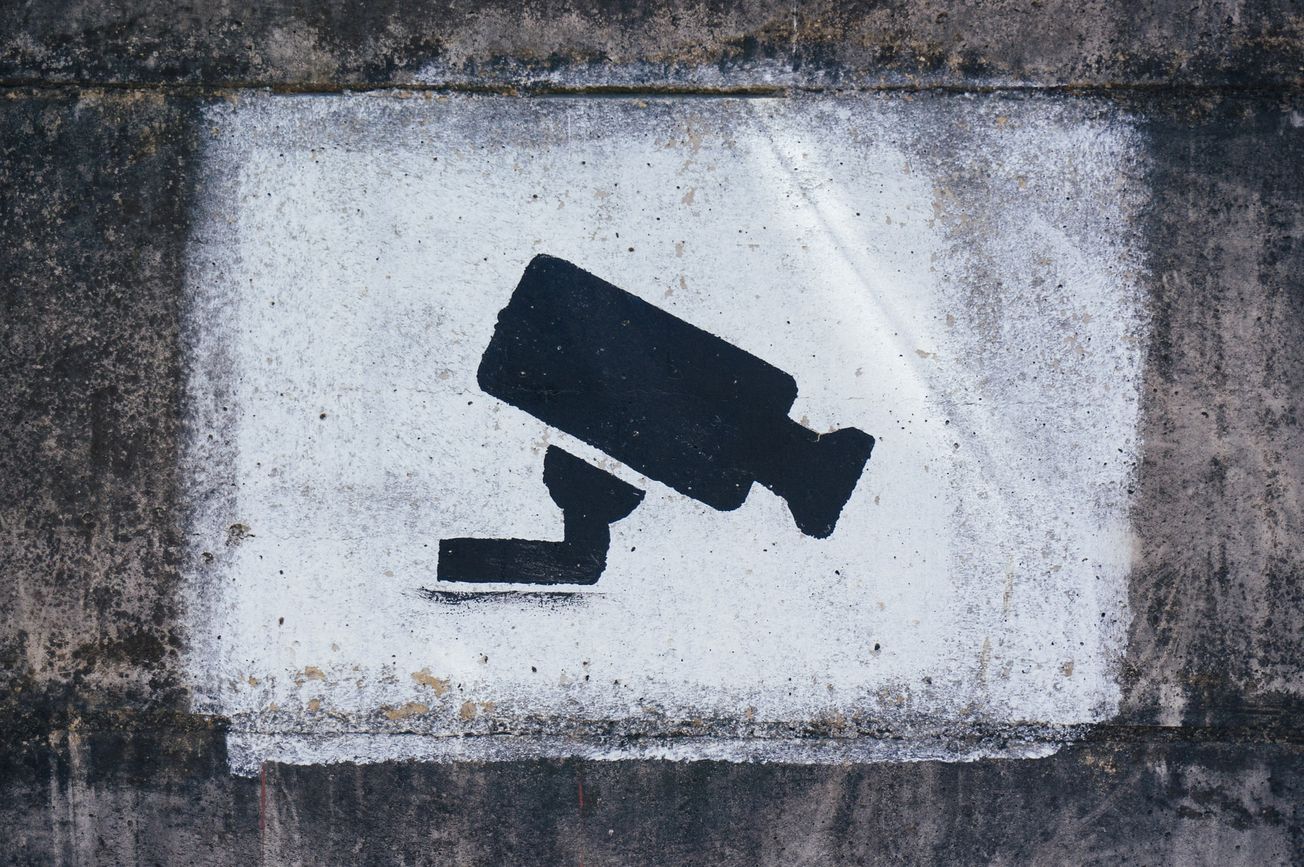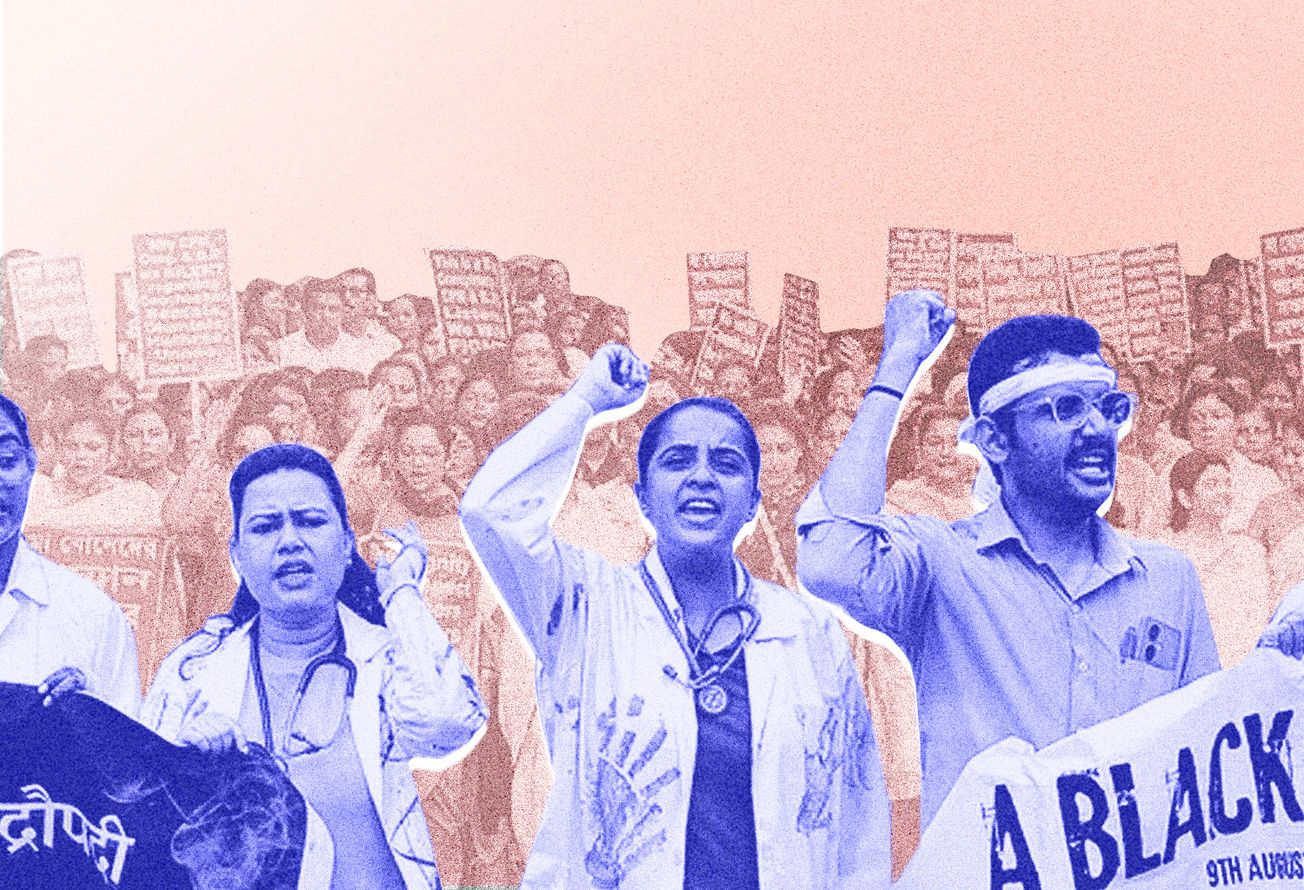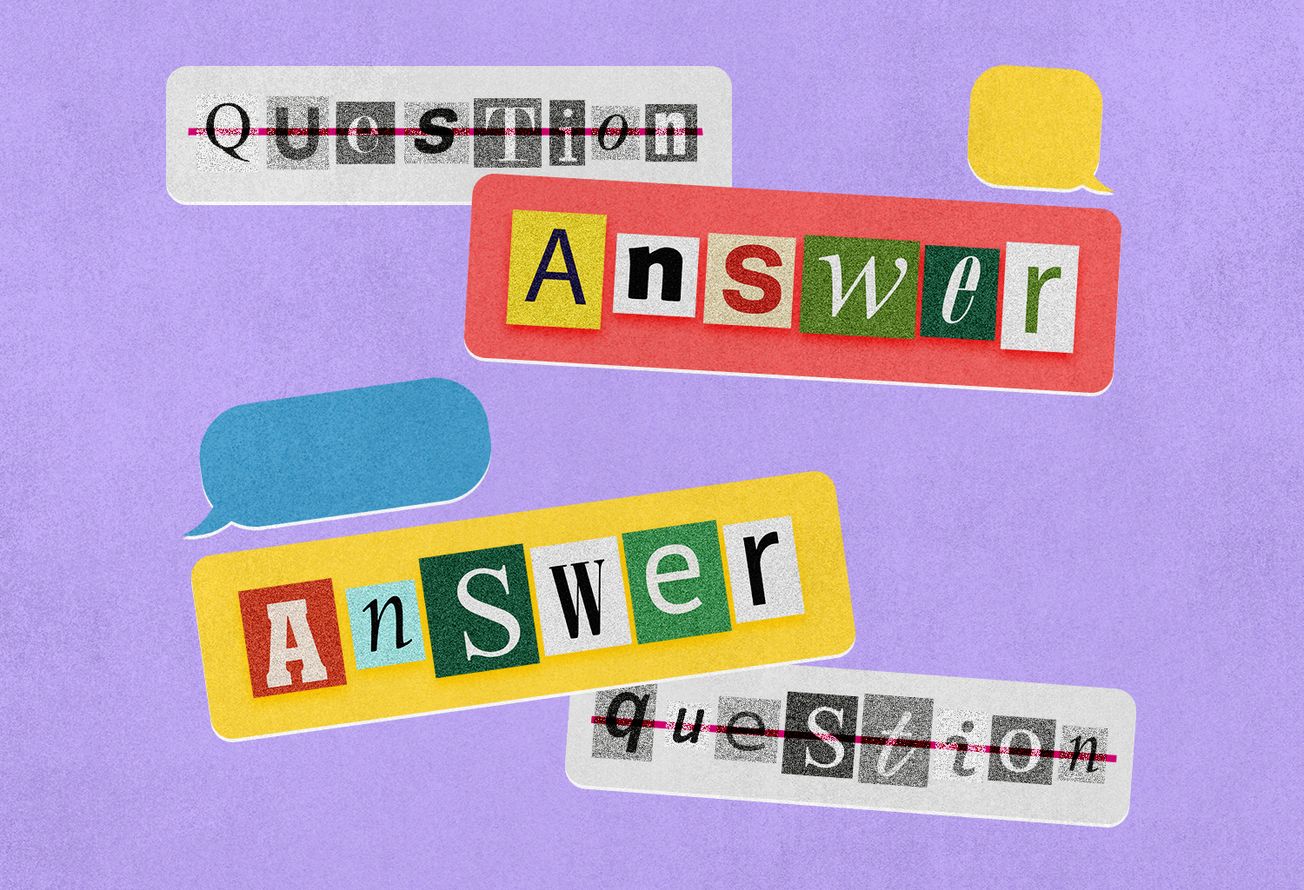This week, Madhya Pradesh Chief Minister Shivraj Singh Chouhan proposed a system under which any woman going out of her house for work would have to register herself at the local police station so that she can be tracked for her safety. While details of how exactly women would be tracked were not specified, Chouhan mentioned that women would also be provided with helpline numbers and public transportation would be mandatorily installed with panic buttons.
Surveillance is not a form of safety but a form of control over women’s bodies
Sanctions for surveillance of women’s bodies are often rationalised as being for their own safety and well-being, such as in this case. But surveillance not only fails to keep women safe, it produces its own kind of violence. Let’s see how.
Chouhan mentioned that panic buttons would mandatorily be introduced as part of his proposal. Research by the Internet Democracy Project shows that such women’s safety initiatives do not meaningfully engage with the underlying causes of gendered violence. In 2017, the Department of Telecommunications made panic buttons mandatory on all mobile phones. Experts had questioned who would receive the alerts from these panic buttons, which agency would be responsible for responding to them, and whether they would be able to track users without their knowledge. In such a context, the study by the Internet Democracy Project questions whether we can truly be safe when our data is not safe and calls for a broader understanding of safety beyond the threats from physical violence to also include threats from the collection and tracking of our data.
Building upon such work done by feminists on gendering surveillance, my research with the Internet Democracy Project on surveillance shows that control over an individual’s data is experienced by them as control over their body. Consider the case of women facing domestic violence during COVID-19 when offline systems of communication had largely broken down. In our country, women are often restricted (and sometimes banned) from owning mobile phones or accessing the Internet due to the fear that it would liberate them from patriarchal boundaries. This is also rationalised as a safety measure for women from ‘corrupting’ influences such as pornography and contact with men. In such a scenario, women relying on a shared or borrowed mobile phone to call a domestic violence helpline found themselves unable to access timely help during the lockdown. Surveillance by family members over women’s access to data hindered their ability to protect their bodies from violence. Thus, surveillance undermines the bodily integrity, autonomy, and dignity of individuals.
But safety is a convenient excuse to muffle these conversations. The Indian government has repeatedly pushed for technological surveillance measures to keep women safe in public spaces. The Nirbhaya Fund was set up by the Indian government in the aftermath of country-wide protests following the gang-rape and murder of a 23-year-old woman in New Delhi in 2012. Under this fund, the Centre sanctioned a sizable corpus for the 'Safe City Project' to provide “safety to women in public places” which primarily included a push for CCTV installation in major cities.
CCTVs don’t necessarily make public spaces safer. In fact, the presence of cameras is a way to signal who belongs in a particular space and who should be kept out of it. CCTV cameras could be desirable, even empowering, in some contexts. For example, some slums in Delhi and Mumbai voluntarily installed CCTV cameras in their localities to expose false arrests of slum dwellers by the police during episodes of communal violence. However, the potential to empower is largely dependent on the power dynamics such technologies operate within, which dictate who has control over the usage of the technology and who is controlled by it. When women are watched by CCTVs in control rooms largely operated by men, it could lead to voyeurism and slut-shaming. Gendered power relations are reinforced and reproduced by these technologies.
CCTVs are premised on keeping women safe by ensuring that we need to be conscious of or modify our behaviours while being watched. Over time, we learn to internalise this self-censuring gaze which tells us how to conduct ourselves as 'good' women.
When state actors like Chouhan claim to care about keeping women safe, they never choose to alter public spaces to make them more accessible for women. Instead, they seek to surveil women’s movements. We need to create spaces that are not dangerous or uncomfortable for women, not police their behaviour to fit into those spaces.
But the state is not taking enough concrete measures to ensure safety of women beyond quick-fix solutions. Resources and public imagination spent on technological solutions can be more meaningfully channeled to improve public lighting and increase police accountability. Surveillance takes away from the state’s responsibility to create safe spaces.
Instead, it places the onus upon women to register at police stations, hit panic buttons, call helpline numbers, and continue being watched while being okay with it. Let’s not forget the well-documented patriarchal attitudes of police officers that have hindered women from reporting violence in the first place. Instead of investing in changing these attitudes, these same police officers will now also be entrusted with surveilling women’s movements.
When surveillance becomes the norm, those who register at police stations will be surveilled, according to Chouhan, and we can expect that those who don’t register will be blamed for the violence they face. This is the cost of safety for women.
Which women's safety and from what?
Chouhan specified the protection of women going out for work in his statement. This assumes that violence against women happens only in public spaces. But feminists have called attention to the home as a site of exploitation and violence. According to the National Crime Records Bureau, in 2019, over 30% of the total registered crimes against women were that of domestic violence. This figure does not account for cultural reasons behind why domestic violence cases are not registered in the first place, such as wilful ignorance by family members of allegations of violence, and a reluctance of police to interfere in domestic matters of families.
But if Chouhan wants to focus exclusively on women who go out to work, let’s talk about them too. A big misconception about gendered violence is that it is provoked. In reality, violence is motivated by gender policing, which means that everyone is implicitly governed by some expectations of social conduct that are deemed appropriate for their gender, and following these norms is rewarded, while deviations are punished.
In this context, Shilpa Phadke, Sameera Khan and Shilpa Ranade argue in their book “Why Loiter. Women and Risk on Mumbai Streets” that in societal perception, there are two types of women: the ‘good’ woman who needs to be protected by society, and the ‘bad’ woman that society needs to be protected from. When we talk about women's safety, we are almost always talking about the safety of the 'good' woman, and if as women we have a claim to safety, it is only by meeting the criteria of the 'good' woman.
What is the criteria of the ‘good’ woman here? The ‘good’ woman ventures outdoors only for ‘respectable’ purposes, which in this case, is who Chouhan refers to as women who go out to work. Working is what gives her presence outside the house a valid purpose. And therefore she acquires a greater legitimacy to recourse when she faces violence. But women strolling on the streets, sleeping on a park bench, drinking chai or eating samosas at the roadside thela would not be deserving of the same protection, as per Chouhan’s rationale.
Safety for women also almost always means safety from sexual violence. I have written elsewhere about the patriarchal attitudes that cause us to think of sexual violence as more heinous than other forms of violence. Sexual violence is often seen as an assault that damages a victim permanently. For men, an assault is just an assault , but it does not affect their social status. However, assault for women has implications of humiliation, victim-blaming, and shame upon the honour of the family or community. These extrapolations come from a patriarchal view of sexual violence that sees women as mere conduits for the honour of their community.
Surveilling women's movements to fit into these gendered norms is to then validate the mindsets of perpetrators of violence and create a society that continues to be intoxicated by a patriarchal hangover. As feminists, we must be wary of such measures that reproduce violence in the name of safety and instead assert our claim to freely occupy public spaces without being watched over.
Image courtesy: Tobias Tullius







